Stress in cats. Change is often the trigger for stress in cats. Go on a search and give your tiger plenty of care and attention during this stressful time.
What does the cat’s hump mean?
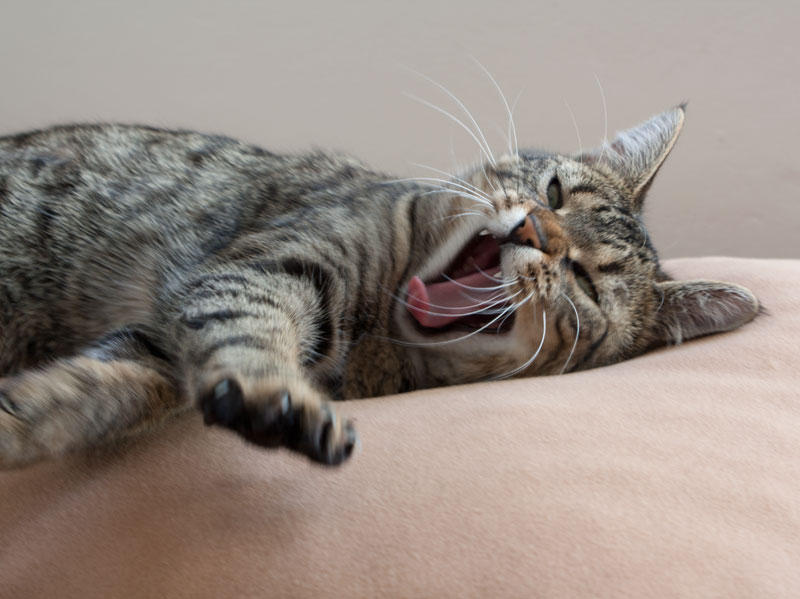
The cat hump is used to stretch extensively after a nap.
Cats communicate in their very own way and the cat hump is part of their body language. What is our cat trying to tell us? To be able to interpret the cat hump correctly, it is important to pay attention to the cat’s overall posture. Are their ears and hair erect or laid back? Is the cat moving or is it standing stock-still? We have observed the cat’s hump together with the rest of its body language and here are our findings.
This nap was good for you
After a relaxing nap, the cat likes to stretch and hunch over. The legs are stretched thoroughly and a long stretch brings them back to reality from the realm of dreams.
Leave me alone
If the cat is afraid or feels threatened, it reacts immediately with its cat hump and uses this as a magnifying trick. The enemy should immediately recognise that it has an opponent ready to fight. If the hair is raised and properly fluffed up, the ears laid back, the claws extended and the legs stretched out, the cat’s hump is a single threatening gesture. If it then runs sideways to make itself look even bigger, there is only one correct reaction to its behaviour: To leave the cat alone at all costs. If the cat encounters a dog in this way, it is smarter to confront the dog than to trigger the dog’s hunting instinct by fleeing.
I am ready to mate
Cats that are ready to mate combine the cat hump with a steeply raised tail and a wiggling rump. They release small amounts of scent to mark their territory. The young male cat supplements this behaviour with howling to signal his willingness to mate to the female cats in the vicinity.
I have pain
A cat’s hump can also have health reasons. If you notice a continuous hump in your cat or tomcat for several days, there may be health reasons for this. Perhaps your tiger has been injured in a fight, has an inflammation or a deformation of the spine, as is also the case in humans. If you notice any of these signs, please consult a vet straight away.
Play with me
Does your kitten do a few funny jumps combined with running sideways and a cat hump? If there are no threatening gestures such as extending its claws, raising its hair and hissing, it is an invitation to play.
More cuddles please
Does your cat hump you when you stroke it?
Then it wants more attention and enjoys being cuddled. It strokes your legs with its hump, purrs and nudges your hand to signal that it wants more and is happy.
There are many variants of the cat hump and only one of them is really a threat. The different types are easy to interpret and, with a little practice, easy to decipher.
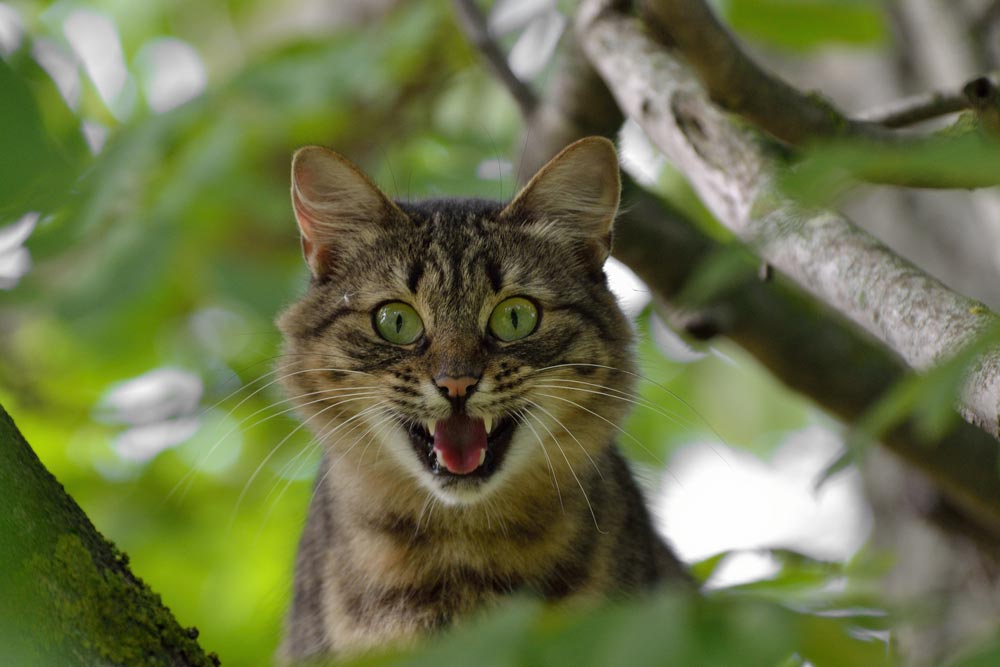
Stress in cats – recognising and avoiding

Fur care for Cats
How do I care for my long or short-haired cat’s coat? The most important information, great tips and grooming products.
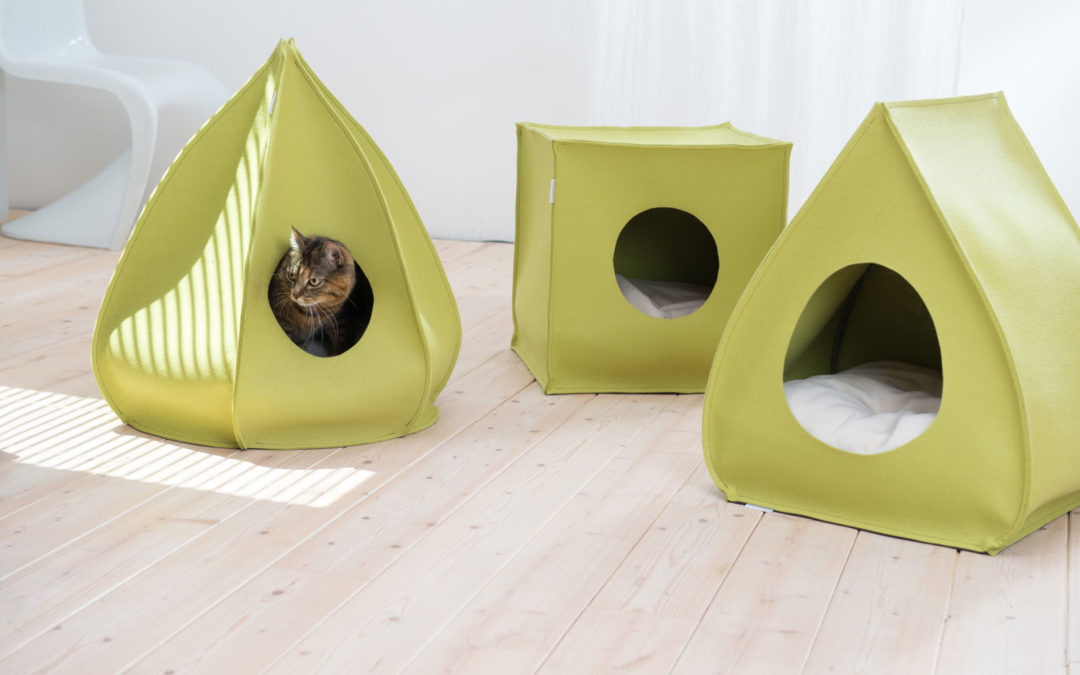
A very warm welcome
Felt cat caves with latex cushionsI am delighted that you have found our blog here. In future, everything here will revolve around dogs, cats and the people that go with them. We will be discussing all topics relating to our 4-legged friends. I'm looking forward to...
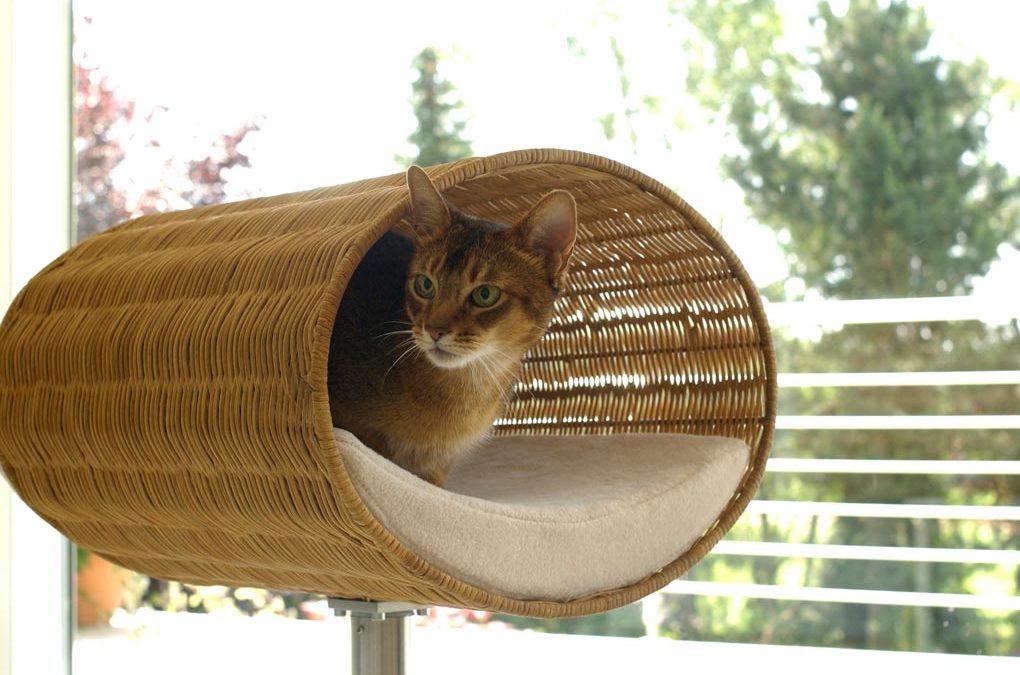
How do I keep my pet cat busy?
How do I keep my pet cat occupied? Outdoor cats never get bored, but real house cats need to be kept busy so that they don’t get bored.




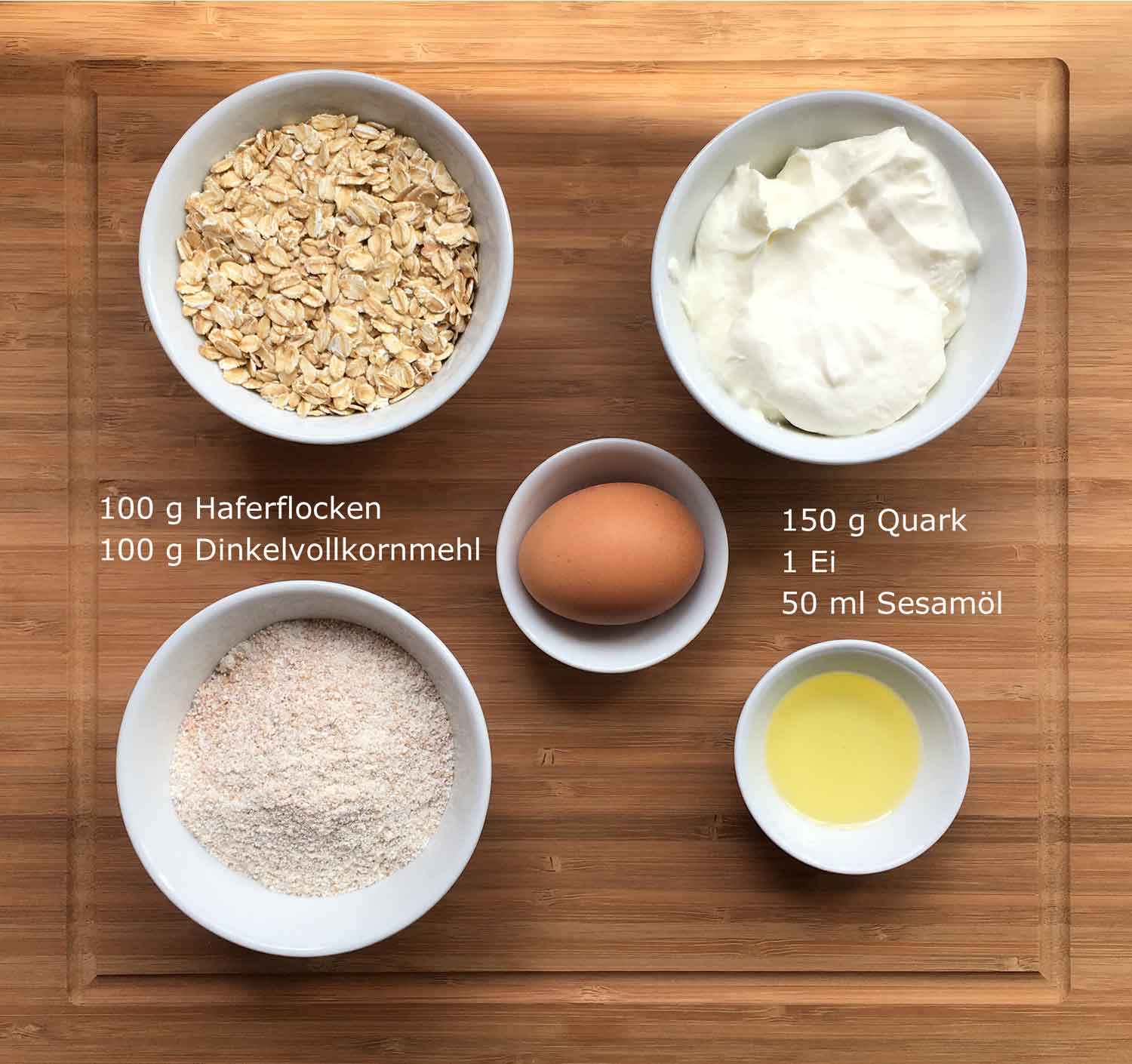


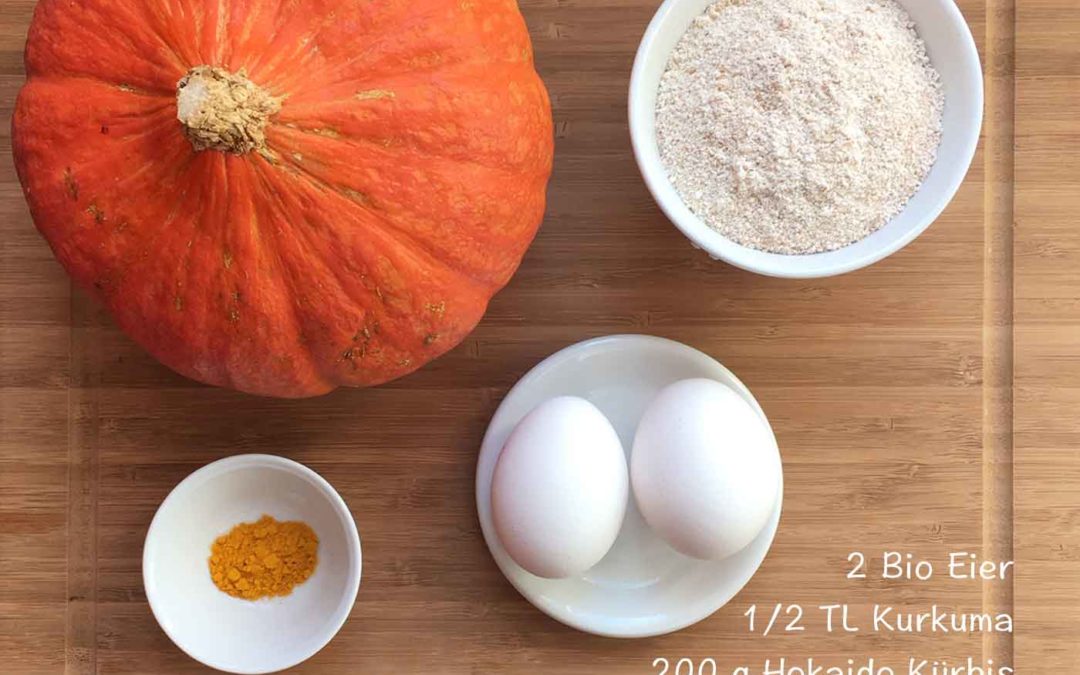

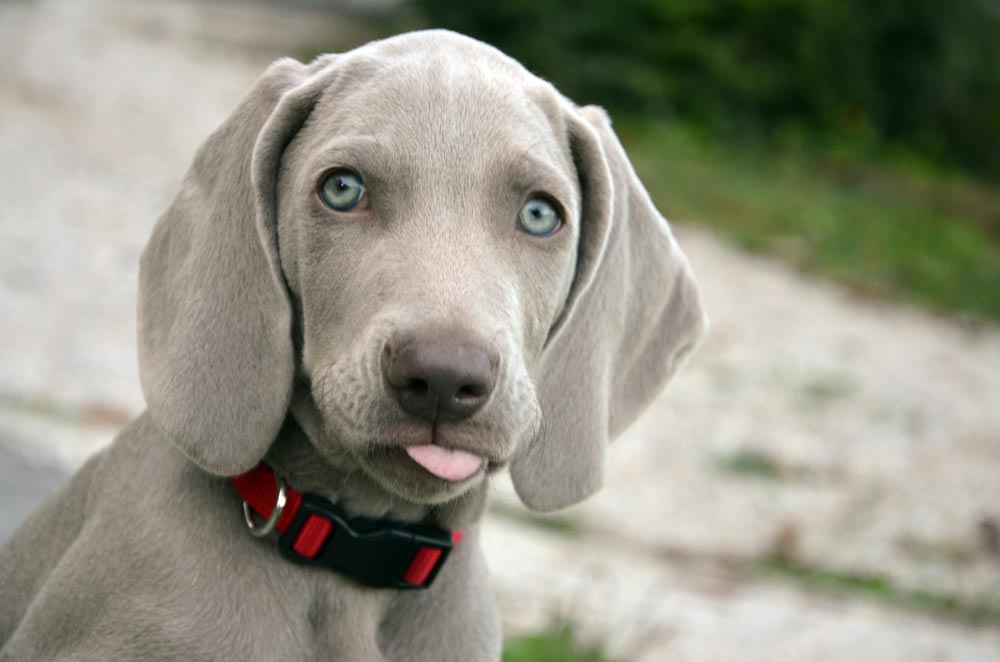
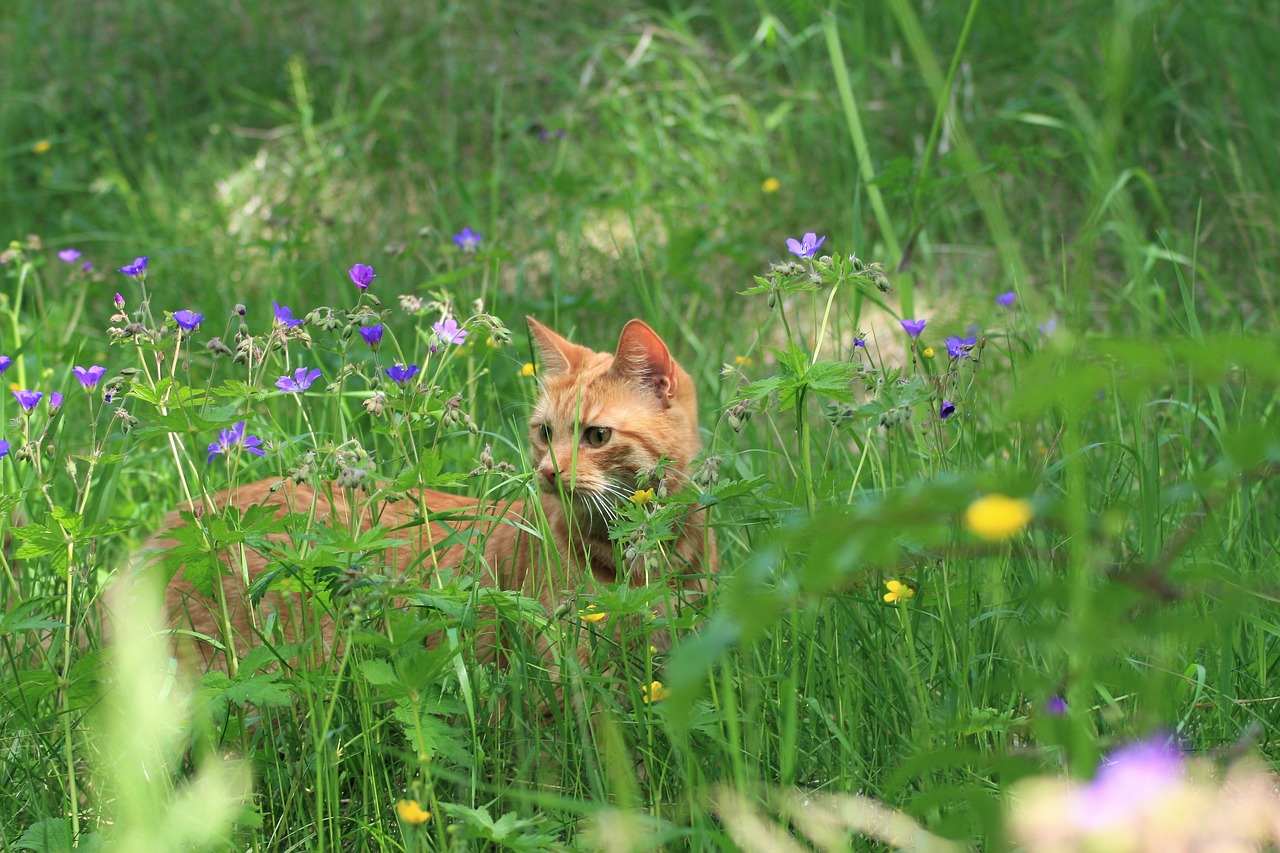
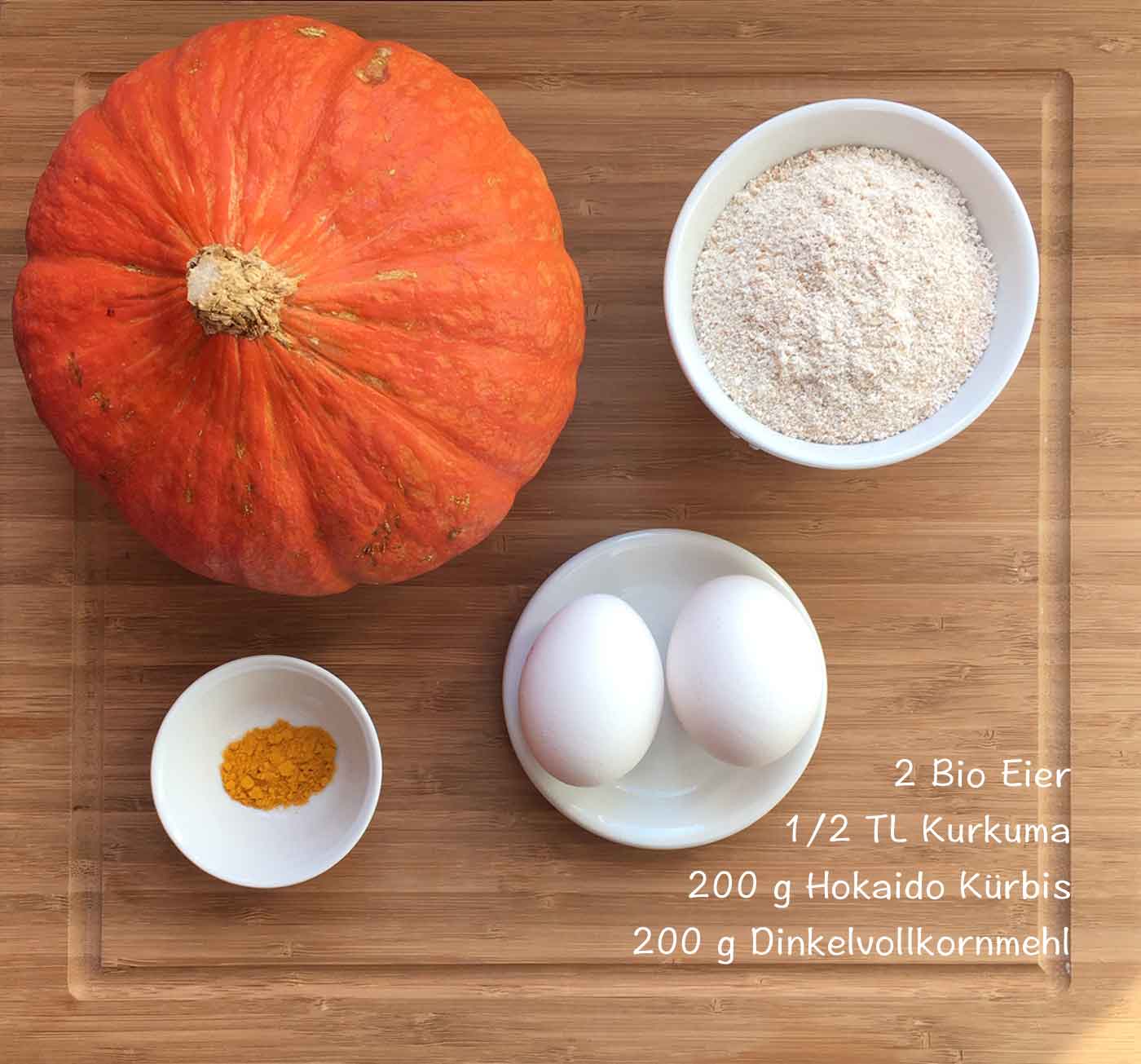
Recent Comments